Progress in the Backyard Farm
Today saw some more work go into the Backyard Farm – mainly concentrating on converting the shed into a chicken coop and some work creating and turning over my new vegetable patch!
First I started off by making some space to get working on the shed conversion, I need to work with up-cycling some fence panels into wood for the shed conversion.
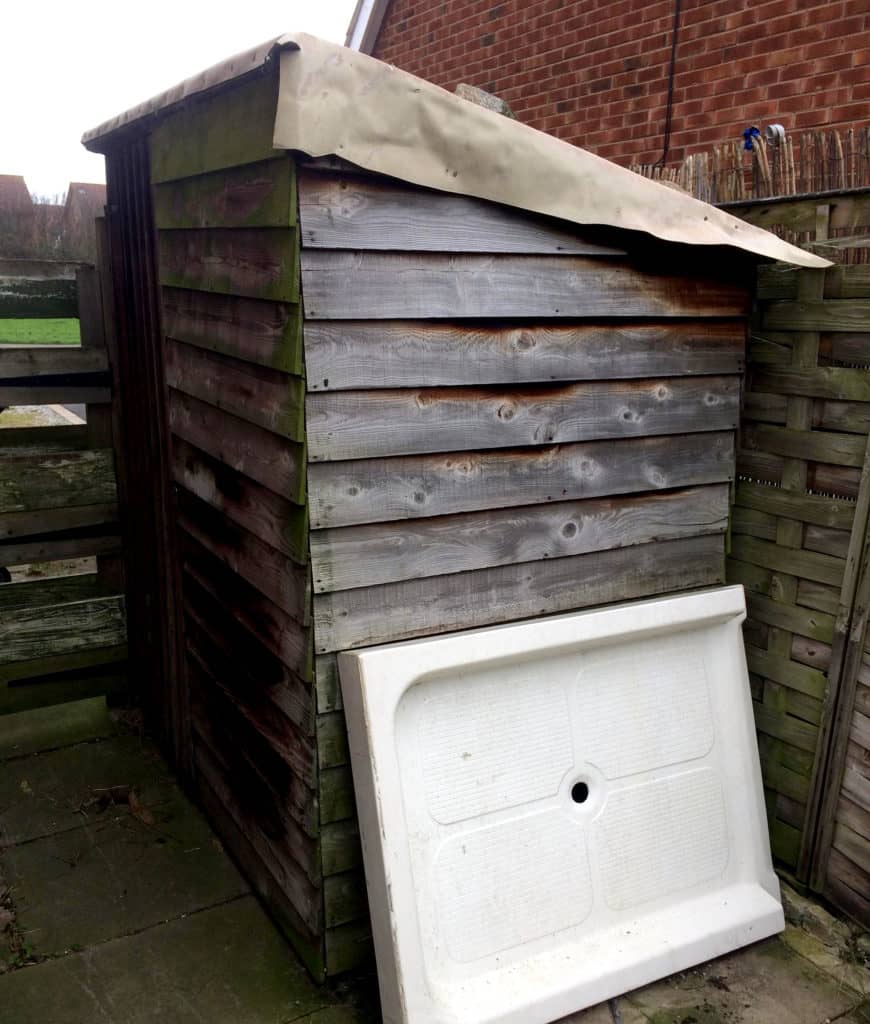
For the chicken coop, nest boxes will need to be made as well as other components. The shed has been used for chickens in the past luckily, so there really is very little I need to do in regards to structure as the shed is in great condition and has some areas sectioned off – though it still needs some editing to make it perfect for my feathered friends.
My chilling area in the back garden is now a temporary workshop for the shed conversion.

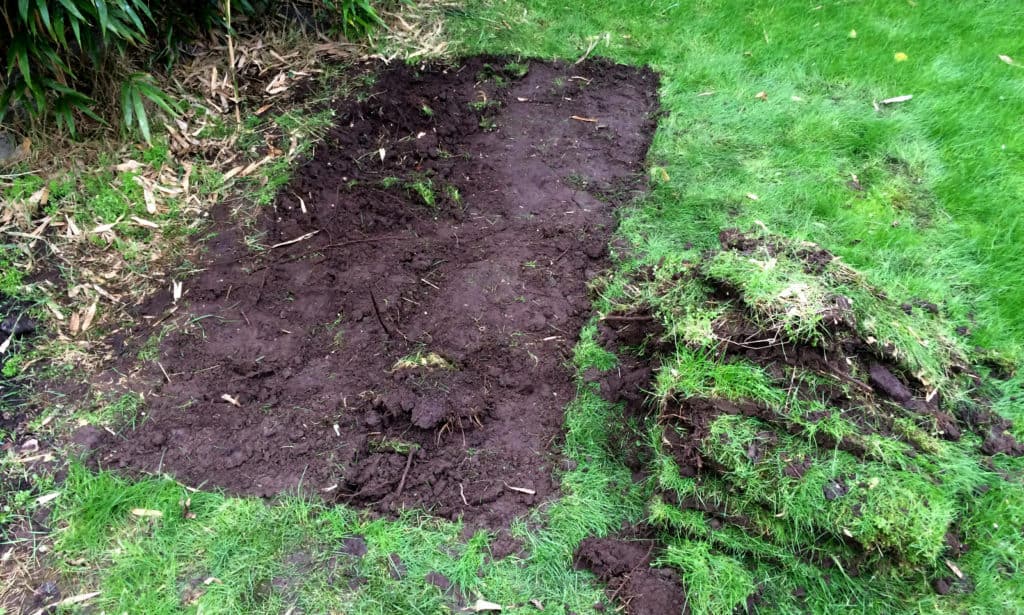
Saving my battery farmed chicken friends
Chickens are not the simple creatures you may assume, but in-fact have complex social structures and pecking orders.
To make sure my chickens will be happy, I need to make sure there is enough roosting space and nesting space and most importantly, the area is hygienic and easy to clean. The good news for me is that the shed already caters very well to these factors as you can see.
The chickens I am getting are not chicks, they are being rescued from a local battery farm where their future would have otherwise been much more grizzly.
These particular poultry would have ended up in some canned chicken soup, or they would have been shipped off to the cheap meat market. Luckily for these ladies, they have been destined to spend the rest of their days foraging for bugs and tasty treats in exchange for looking after my vegetables and fresh eggs! That seems like a good deal to me.
I will be dedicating a special little area to the development and rehabilitation of the chickens recording their road to recovery. Whilst I like to eat chicken and eggs, I feel very strongly that our current approach to farming is not nice.
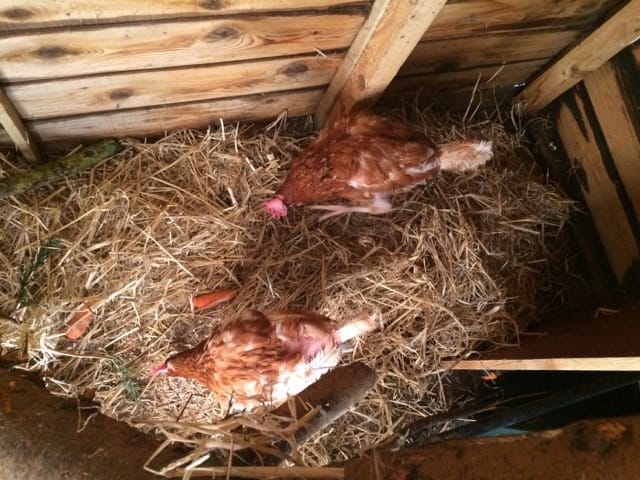
It is detrimental to the animal, to the land and its consumer. This blog is an experiment into a way that we could change that and rescuing these chickens, then nursing them back to health is a great metaphor that I hope society will follow.
Converting the Shed into a Chicken Coop
I have the shed, I also have some unused fence panels so hopefully with a good load of ingenuity and elbow grease I can make a nice little home for the ladies. For roosting I have seen people use branches, of different thickness and length, supported at different levels in the chicken coop.
I’ll be adopting this idea as I like the rustic vibe and it provides a variety of thicknesses for the chickens to rest their claws on. The shed will be turned into a chickens perfect home; I’m going to utilise the fence panels as a source of wood to build things like the nesting boxes. Ventilation is also important, so some of the wood will be used to create a vent and other aspects of the roosting and nesting areas.
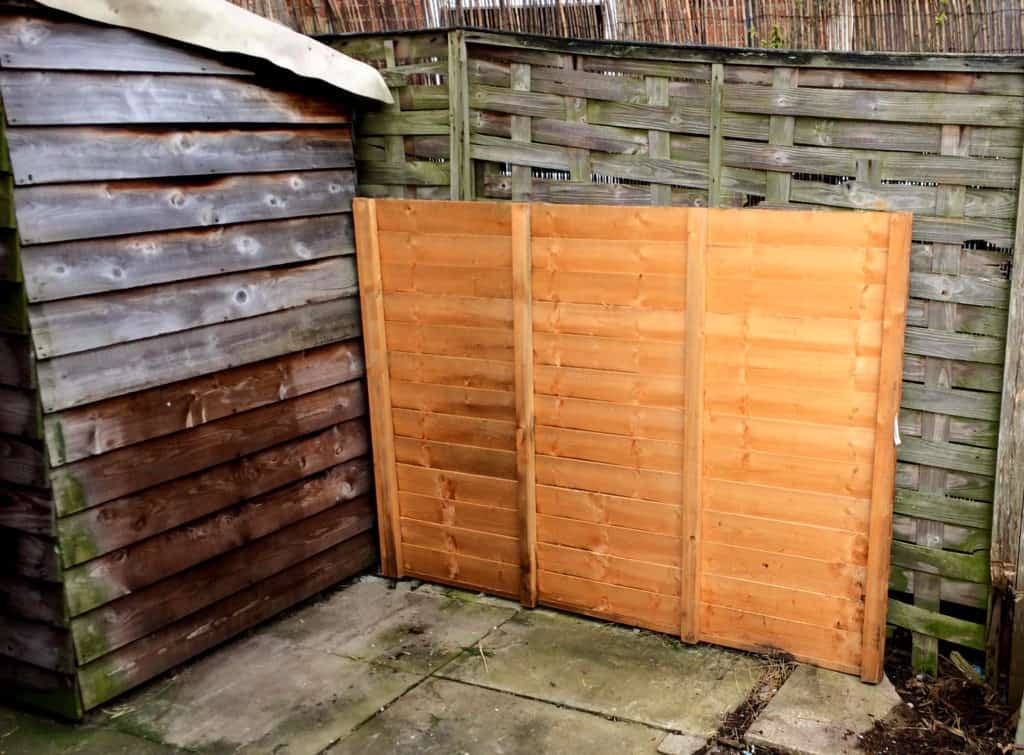
For access to the coop, the shed already has a door; however, I am tempted to create a door on the back side of the shed – allowing the chickens to enter and exit through a smaller door and ramp.
This would also avoid having to have the shed door open constantly when they are out and about keeping the pests down in my mini market garden.
The ramp would also allow access to a chicken run which I plan to construct along the fence; this would give the chickens somewhere to forage in safety on nice days when I may be at work or otherwise engaged.
Digging the vegetable patch
Today I also saw the progress of my vegetable patch. This patch is where I will grow the onions, radishes and salads. The patch is about 8ft by 4ft making for a decent slice of land to grow on. As a beginner I do not want to bite off more than I can chew.
There is plenty of space in my garden so if this year is a success it’s likely I’ll get some more chickens and expand the plots to grow some more produce in.
To start with I marked out where I wanted my patch to go, taking into account sun direction and shade. My garden is south facing, making it perfect for growing in as it gets the sun for nearly the whole day. I then went around this area with my spade, slicing into the turf like a birthday cake. Once I had traced the border, I then cut the turf into slices 1ft wide, and in half again. This resulted in some lovely neat slithers of turf that were now ready to be rolled up and put to one side, exposing the soil and my vegetable patch!
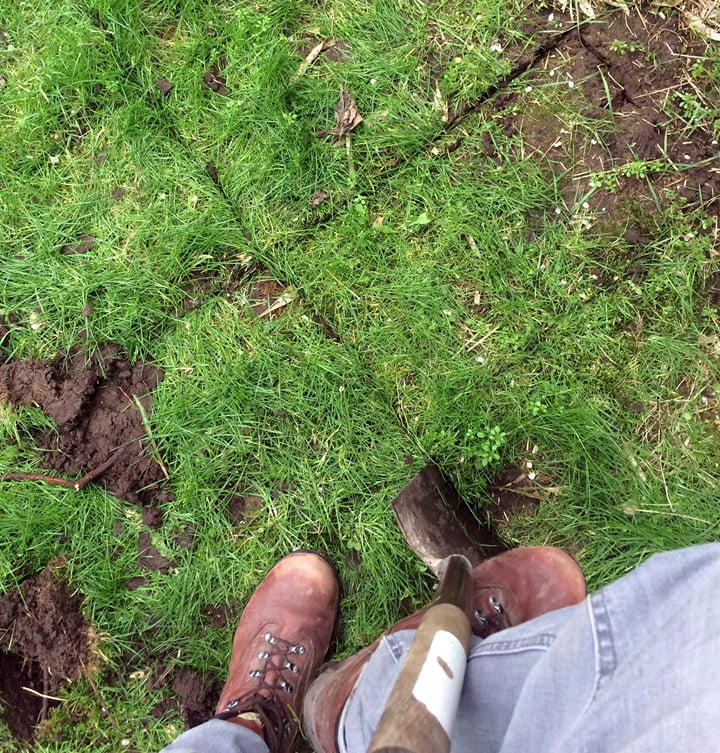
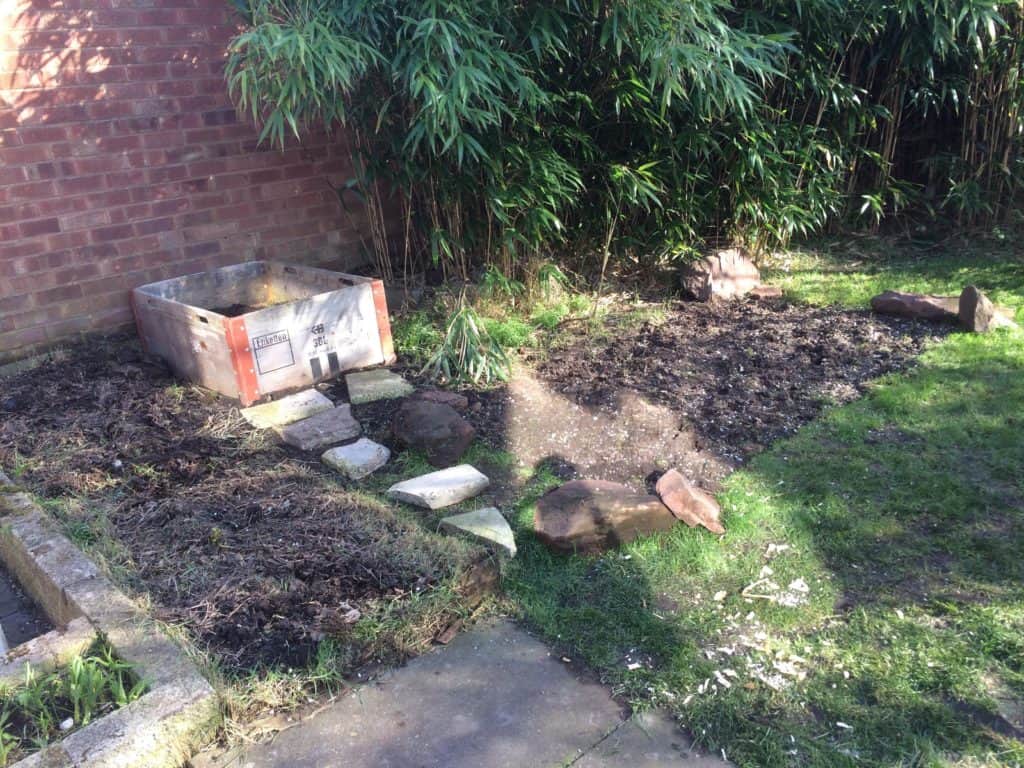
At first the patch was a bit rough and ropey looking, so armed with the shovel I took to trimming the edges and squaring them off. I found this a particularly Zen practice, and once done the patch looked much more professional.
Next I turned over the soil, breaking up roots and other obstructions that may get in the way. I did this to a depth of around 1ft. There are practices of ‘no dig’ gardens that leave the mycelium and other positive aspects in full working order.
However, as a beginner I am starting with the more traditional methods. No dig will be something I hope to evolve into, or grow alongside this project.
Did you know?
Chickens are machines at laying eggs and their bodies do some incredible things during this process. An egg develops at a temperature of 88f, and is 105f when its laid!




